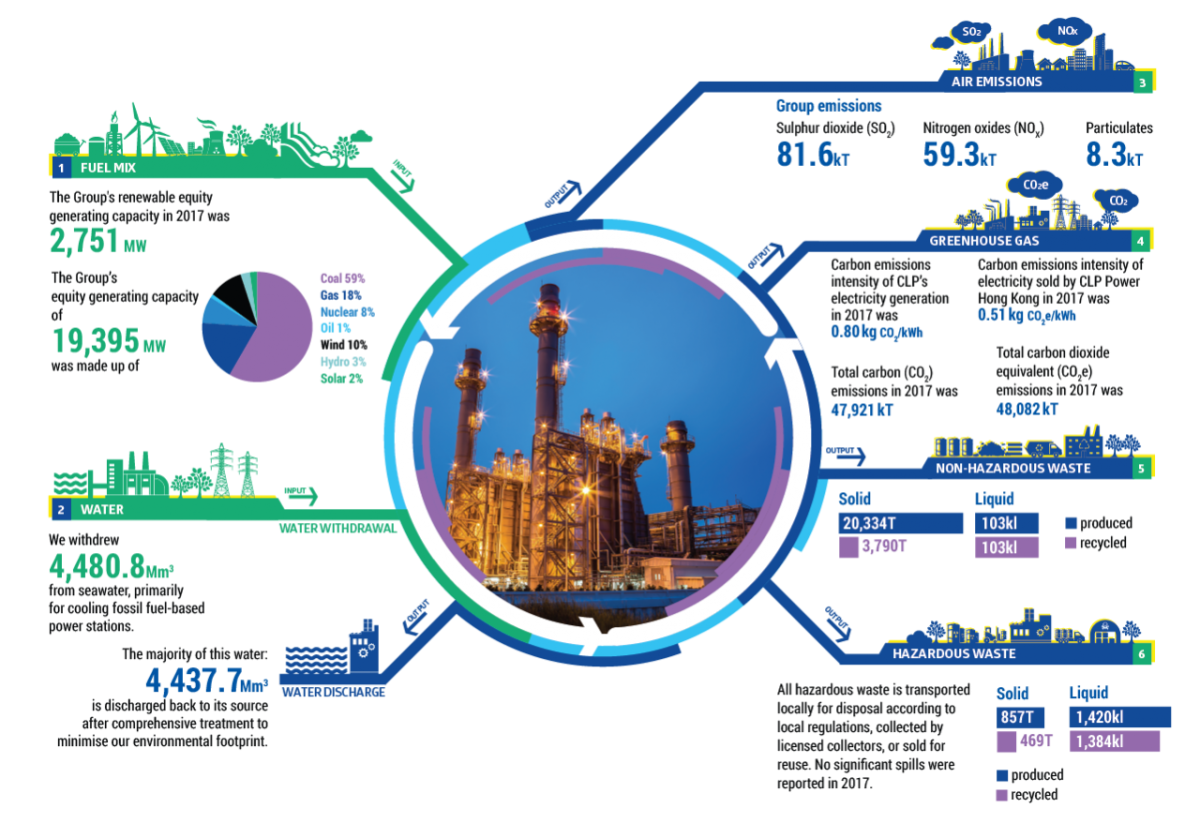Balancing Energy Trilemma in Low Carbon Transition

As the United Nations climate change summit opened in Poland this week, delegates of almost all countries in the world are expected to set out how to implement the Paris Agreement and report the nations’ progress.
“Climate change remains one of the most significant global trends affecting CLP’s business. The physical impacts of extreme weather conditions can affect our operations as well as the value of our assets. Governments are expecting businesses like ours to help them achieve their Paris Agreement commitments,” said David Simmonds, Chief Administrative Officer of CLP Holdings Limited, in the 2017 Sustainability Report.
Economics and market forces, he said, were further supporting the energy transition as the costs of renewable energy continued to fall, while the replacement costs of fossil fuel generation were beginning to rise.
Investors, lenders and insurers were also demanding more reporting on the management of potential business risks posed by climate change, as well as divestment from coal-related activities, he added. The Recommendations of the Financial Stability Board’s Task Force on Climate-related Financial Disclosures (TCFD) are evidence of this latest trend.
Regulations over other environmental impacts such as for air, water, waste and biodiversity are also becoming increasingly stringent over time. This is happening in all our operational jurisdictions, particularly in Mainland China where protection of the environment has become a clear priority and President Xi Jinping has stated that China "will enforce stricter pollutants discharge standards and see to it that polluters are held accountable.”
“The expectation is that these regulations will ultimately make fossil-fuelled generation less attractive than renewable energy,” said Mr Simmonds. “However, we also believe that as more renewable energy is utilised, we may see more environmental-related regulations for renewable energy-related developments as well.”
Despite the potential challenges, he expected that CLP’s tradition of going beyond compliance essentially helped prepare us in advance of anticipated regulations. The company tracks the relevant emerging business risks, such as those arising from potential regulations and develops relevant mitigation measures, such as guidelines and policies, as well as any new capabilities needed to implement these measures.
For instance, incorporating flue gas desulphurization equipment into the design of CLP’s Jhajjar Power Station in India, when it was not a requirement under the local government’s tender specification, was testimony to our ability to anticipate and make the necessary, often difficult, decisions to mitigate a risk that is not yet here today, he said.
Mr Simmonds said as countries pursued their energy transition, they must bear in mind the importance of balancing the energy trilemma. “When delivering power, the three areas of energy equity, energy security and environmental sustainability often compete with each other. For example, in Australia, in the face of coal plant closures, high penetration of renewable energy in some areas and an uncertain energy policy, the security of power supply has been compromised, leading to price hikes and supply disruptions.
“As countries go through their energy transition pathways, they must keep balancing these three areas so that none of them is significantly and irreversibly compromised. With over a century of experience in this industry, CLP is capable to meet the energy trilemma challenges that may occur as we transition towards a low carbon future.”
To learn more, read the CLP Group's 2017 Sustainability Report.

